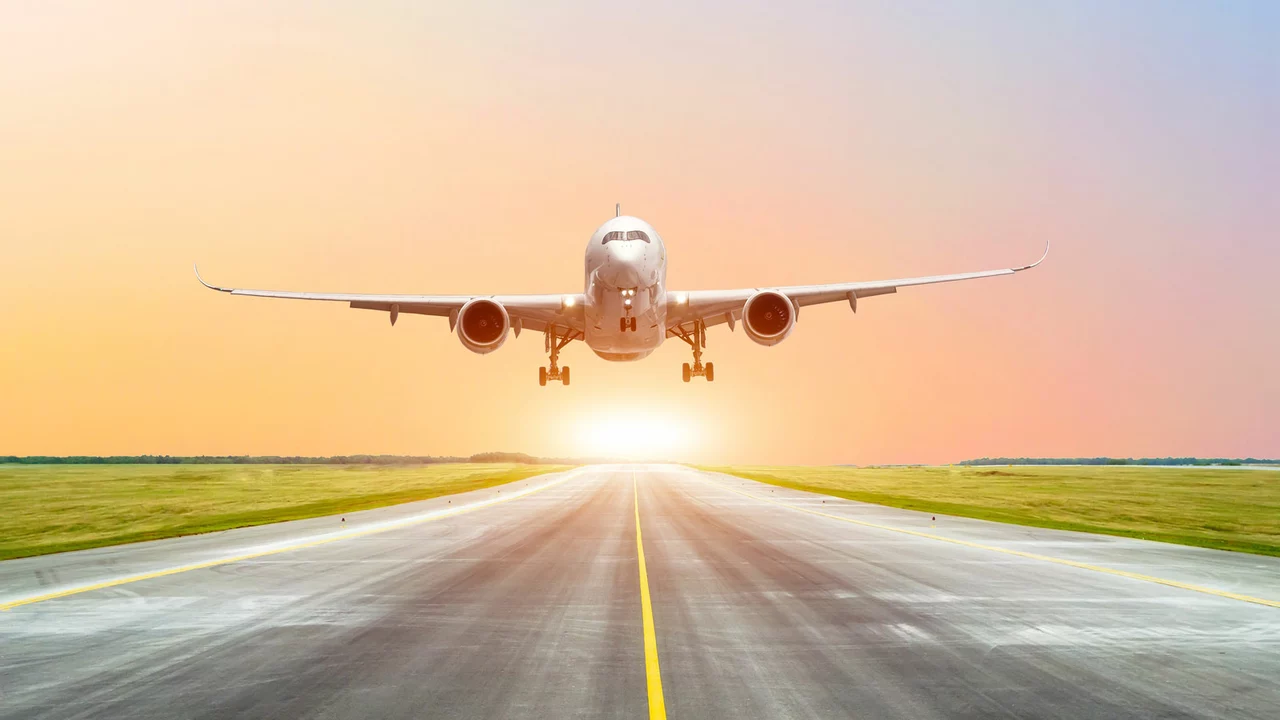Travel and Transportation – Can a Plane Take Off with Only One Passenger in India?
If you’ve ever booked a last‑minute flight and seen the seat map almost empty, you might wonder: could that aircraft really leave the ground with just a single passenger? The short answer is yes – there’s no law that says a plane must have a minimum number of people on board. But the real answer involves economics, safety checks, and airline policies.
What the Rules Say
Indian aviation regulations focus on safety, not passenger count. As long as the aircraft meets weight‑and‑balance requirements and the crew is qualified, the regulator will clear the flight. The pilot and airline must verify that the plane’s weight (including fuel, cargo, and the lone passenger) stays within the approved limits. Those limits are calculated for every type of aircraft, so a tiny regional jet could technically fly with one ticket sold.
Why Airlines Rarely Do It
Airlines run on tight margins. Every seat they sell helps cover fuel, crew salaries, airport fees, and maintenance. If they launch a flight with just one paying passenger, they’d lose a lot of money. That’s why you’ll rarely see a commercial carrier schedule a flight that isn’t at least partially full. In practice, the lowest‑cost flights still aim for a break‑even load factor – usually a few dozen passengers, depending on the route.
There are a few edge cases where a near‑empty plane might still depart. For example, a high‑priority passenger – such as a government official or a medical emergency case – could justify a special charter. In those situations, the airline may arrange a private or semi‑private flight, but that’s not a regular scheduled service.
Another scenario involves cargo. Some airlines operate flights that carry almost no passengers but a full load of freight. The aircraft still needs a pilot crew, but the passenger count could be zero. Those flights are common on routes where demand is freight‑heavy, like remote mining areas.
From a technical standpoint, a plane’s performance charts include a minimum operating weight, which accounts for the aircraft itself, crew, essential equipment, and a small amount of fuel. As long as the actual take‑off weight exceeds that minimum, the aircraft can lift off. Adding a single passenger barely changes the calculations, so the aircraft’s ability to fly isn’t the issue.
What about safety? The pilot runs the same pre‑flight checklist regardless of passenger load. They check that the weight distribution is correct, that the aircraft’s center of gravity is within limits, and that all systems are green. If those boxes are ticked, there’s no extra safety risk from having only one person on board.
So, while the idea of a plane taking off with just you on board sounds dramatic, the reality is that it’s technically possible but commercially unlikely. Most airlines would rather fill seats than risk a financial loss, and regulators care more about how the aircraft is loaded than how many people are on it.
Next time you book a flight and see the seat map empty, remember the economics behind it. The airline isn’t trying to be stingy – they’re trying to keep the business running. If you need a truly solo flight, you’d look at charter services, where the cost of the whole aircraft is spread over one or a few passengers.
Bottom line: In India, a plane can legally take off with a single passenger, but you’ll almost never see it happen on a regular commercial schedule unless special circumstances apply.

Would a plane takeoff with only one passenger in India?
- Date: 17 Jul 2023
- Categories:
- Author: Aarav Khatri
In India, it's quite a curiosity whether a plane would take off with just one passenger on board. In theory, it's possible, as there are no regulations preventing it. However, it's unlikely due to economic reasons - airlines often need to ensure a minimum number of passengers to cover costs. Yet, in extreme situations, such as emergencies or when a passenger is of high importance, it might happen. So, while it's not a common occurrence, it's not entirely out of the question.




